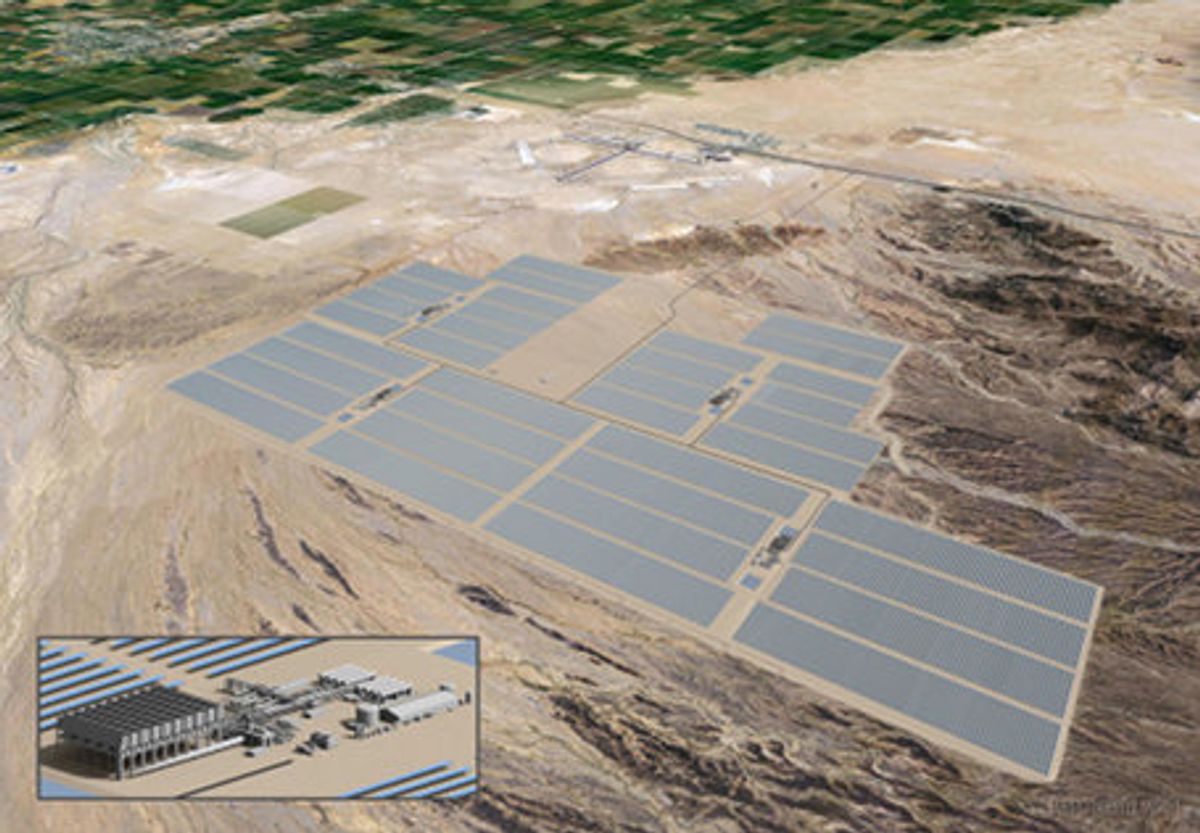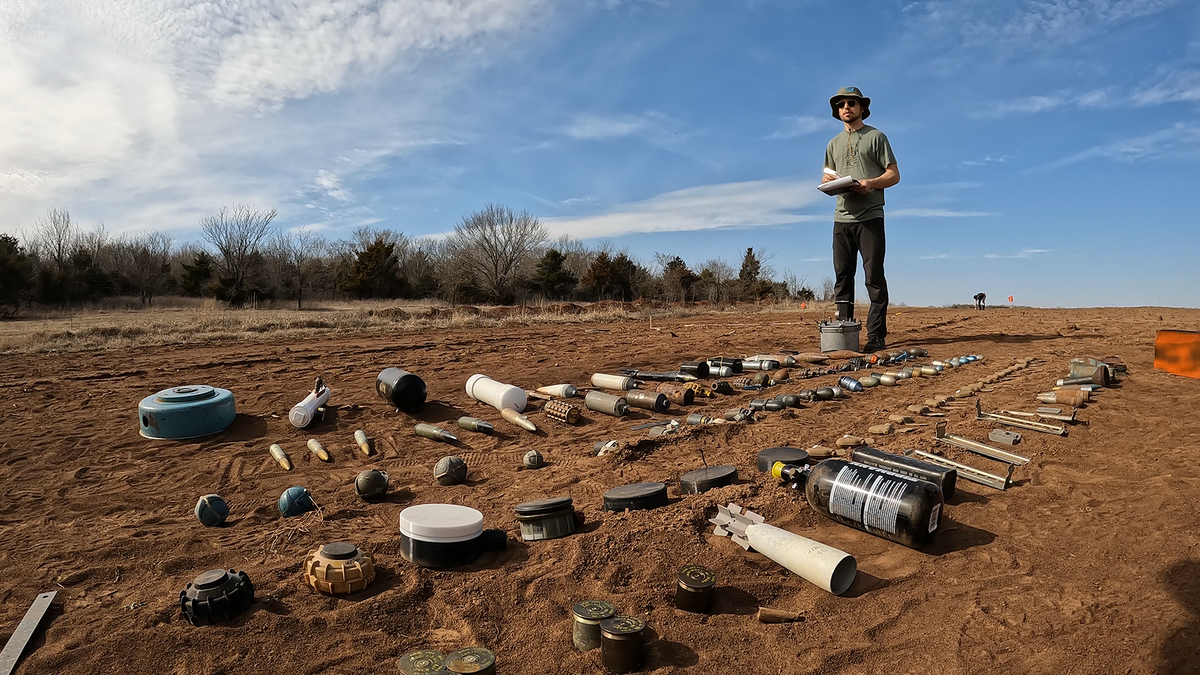The Blythe project, along with others like the much discussed Ivanpah project, represents a trend toward truly utility-scale solar power. Moving these projects forward to the point of actually beginning construction has been a challenge, with wildlife and other concerns standing in the way. In the case of Blythe, developer Solar Millennium was required by the Bureau of Land Management to fund 8,000 acres of protected land for desert tortoises and other threatened species. This is intended to roughly offset the 7,030 acres that will be disturbed by construction and by the resulting solar thermal plant. There have also been water-related issues to overcome, which changed the initial design.
Blythe will be built in phases, with the first electricity flowing toward homes—about 300,000 of them—by 2013. And though no large solar plants like this yet exist, Blythe will soon be followed by others: In 2010 alone, the BLM approved solar projects on public lands that total more than 3,500 megawatts of capacity. To put that in context, the Solar Energy Industries Association put the total installed solar capacity in the United States at the end of 2010 at only 2,593 megawatts.
(Image via Solar Millennium AG)
Dave Levitan is the science writer for FactCheck.org, where he investigates the false and misleading claims about science that U.S. politicians occasionally make.




